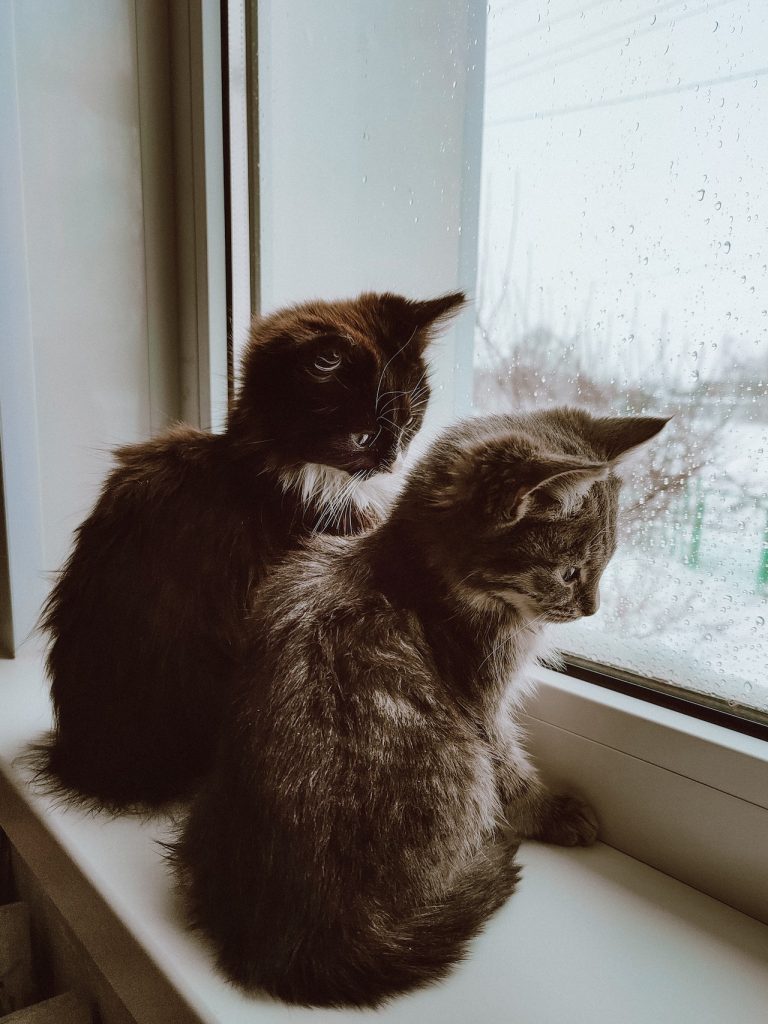The Domestic Longhair is the second most popular type of house cat in the United States. The Domestic Longhair is a non-standardized breed, unrecognized by any major cat registry. They are descendants of cats that were brought to America by ship during the explorations of the New World in the 17th and 18th centuries.
Fun Facts
Nickname: Longhaired Housecat, Long Haired Moggie, HCL
Height: 8-12 inches
Weight: 6-20lbs
Life Span: 12-20 years
Eye color: Domestic Longhairs boast all cat eye colors.
Growing stage: 18 months-2 years
Coat Color: Domestic Longhairs can be any color or pattern.
Hypoallergenic: No
Types of Domestic Longhair Cats
Domestic Longhairs are common house cats that are not bred for show but rather for companionship and vermin-catching ability. There is no breed standard for the Domestic Longhair. They come in many head shapes, colors, sizes, and body shapes. Also, Male Domestic Longhairs tend to be larger than females.
Are Domestic Longhairs friendly, and are they good with other Cats
Domestic Longhairs vary in temperament; some are incredibly affectionate, while others are more independent. The Domestic Longhairs are all different, with a temperament unique to each cat. Some will love a feline friend, and others will prefer to rule the roost solo.
Things Domestic Longhair Cats Like to Do
Because Domestic Longhairs come from mixed ancestry, each one will have a unique set of interests. Some will love learning tricks, walking on a leash outside, and playing fetches, and others will just prefer to lounge and cuddle the day away.
Do You Need to Groom a Domestic Longhair Cat?
Domestic Longhairs have soft, smooth, long coats which will need to be brushed or combed twice to three times a week to keep their coat free of mats and tangles. In addition to brushing, all cats should have their claws trimmed every two weeks or so. Cats are also prone to periodontal disease and should have their teeth brushed two to three times a week.
Domestic Longhair Diet
Milk is not recommended for cats, and Domestic Longhair takes wet food, but it is advised to talk to your vet to decide the type of diet that would best suit your Domestic Longhair.
Diseases Domestic Longhairs are Prone To?
Because of their mixed parentage, the Domestic Longhair does not suffer from congenital health problems. But they are prone to certain diseases, which are:
- Dilated Cardiomyopathy: Dilated Cardiomyopathy is a heart condition that is characterized by the heart muscle’s inability to contract properly, which ultimately leads to a decrease in blood pumping to the heart. When a cat has cardiomyopathy, both the heart chambers become enlarged from having to work harder to get blood through. The extra stress on the heart from the restricted blood flow often leads to congestive heart failure (CHF). The major symptoms of DCM include depression, loss of appetite, and weakness.
- Hyperthyroidism: a thyroid malfunction that results in an overproduction of thyroid hormone and could cause weight loss, excessive thirst, panting, and diarrhea.
- kidney disease and diabetes: a complex disease that prevents the body from properly regulating blood sugar levels.
If you are seeking to own this breed of cats, then The easiest way to adopt a Domestic Longhair would be through a rescue that specializes in Domestic Longhairs.

